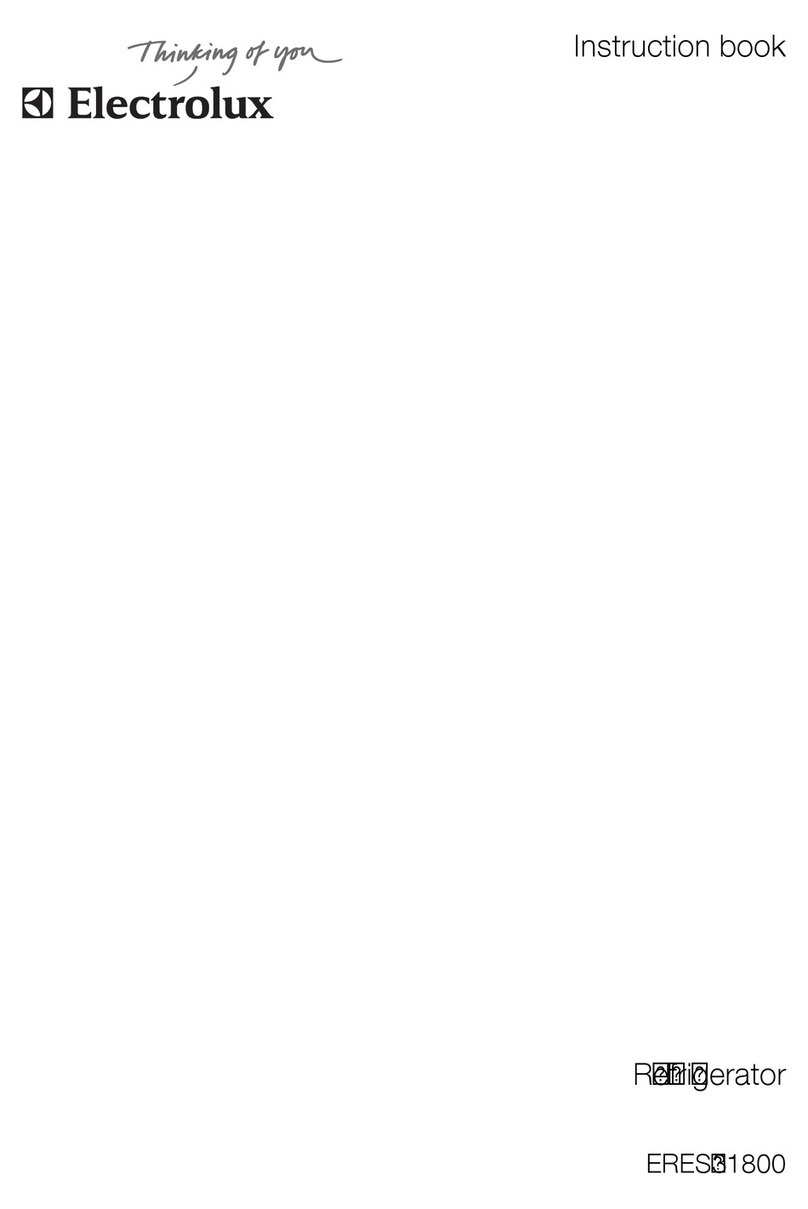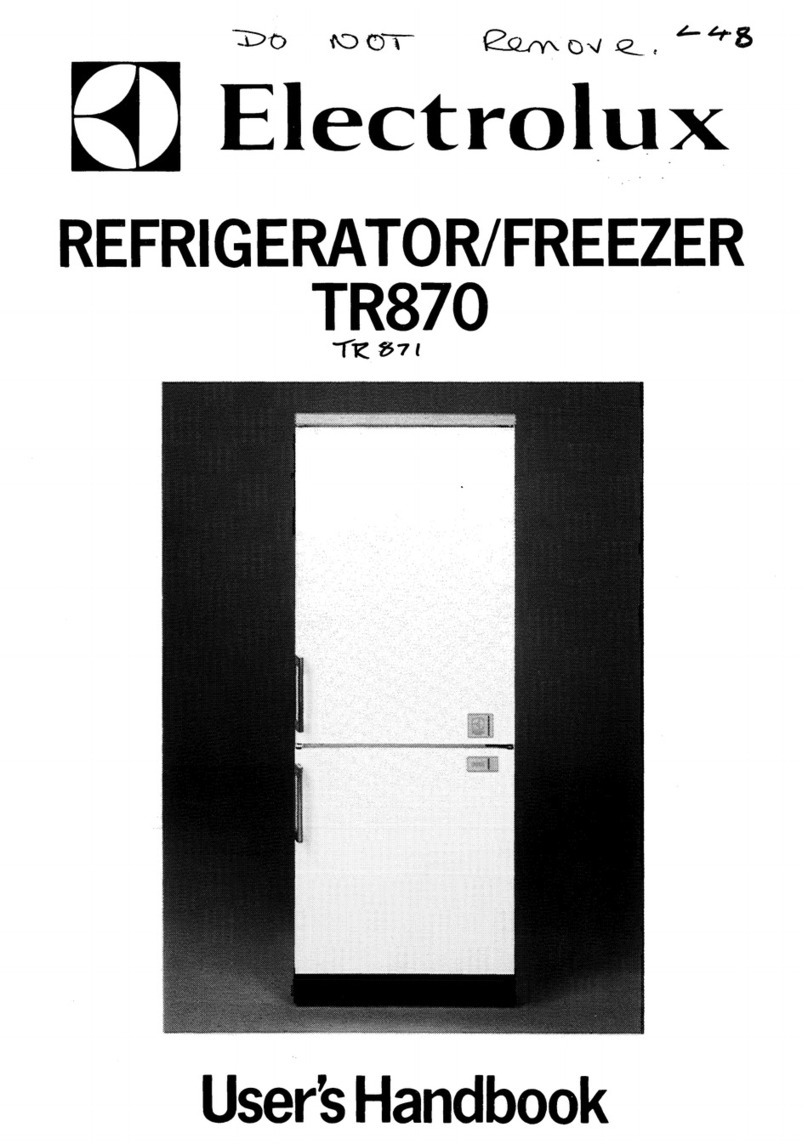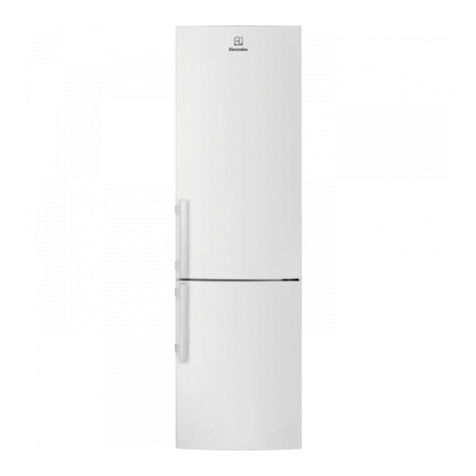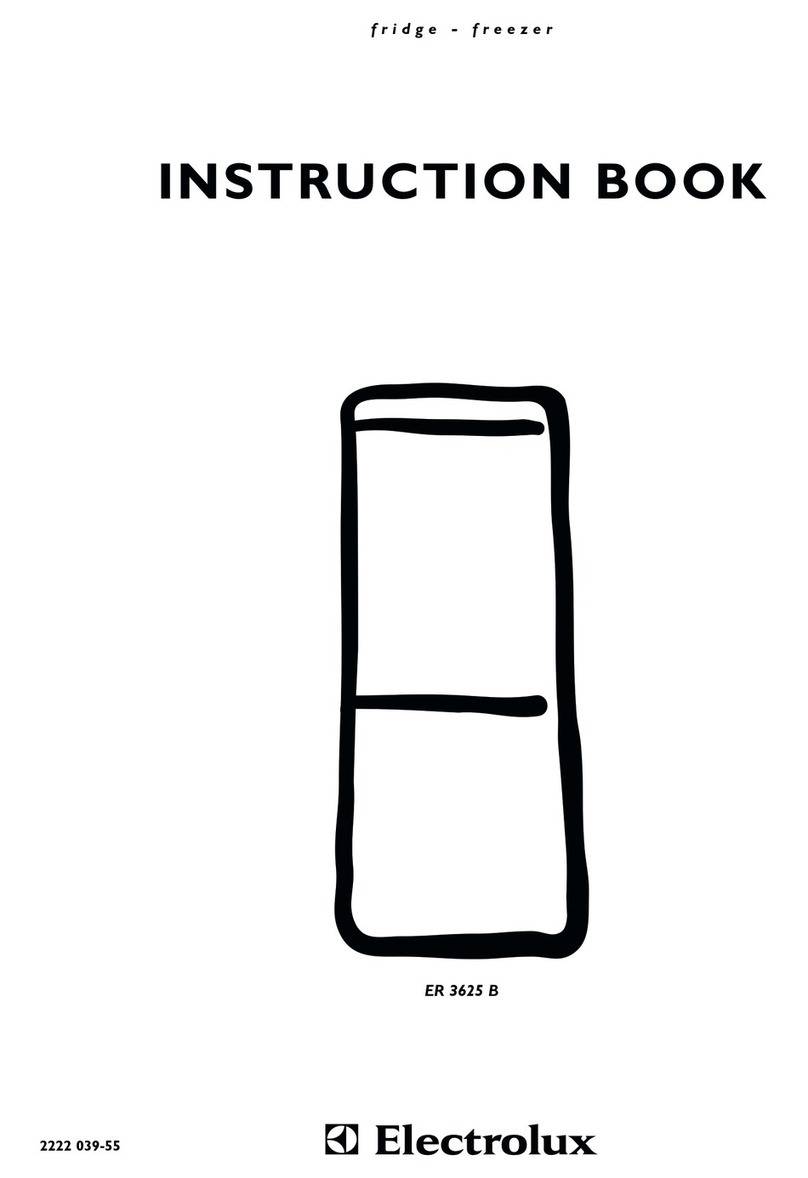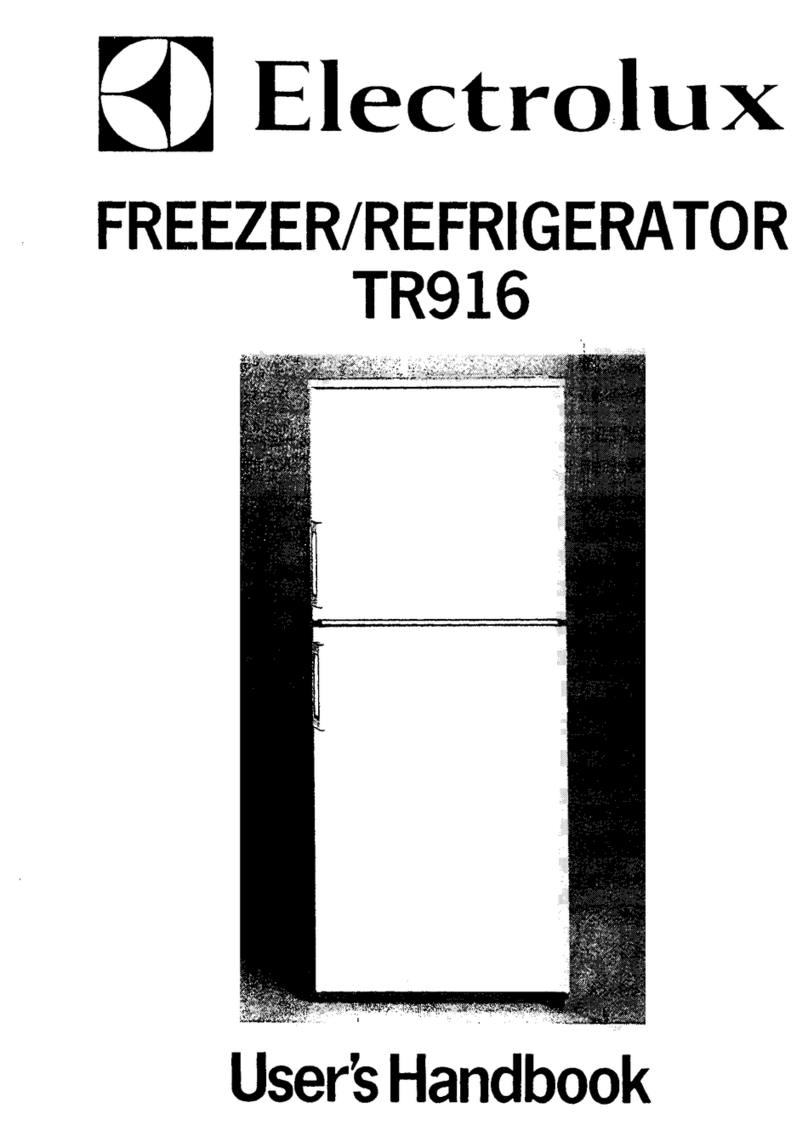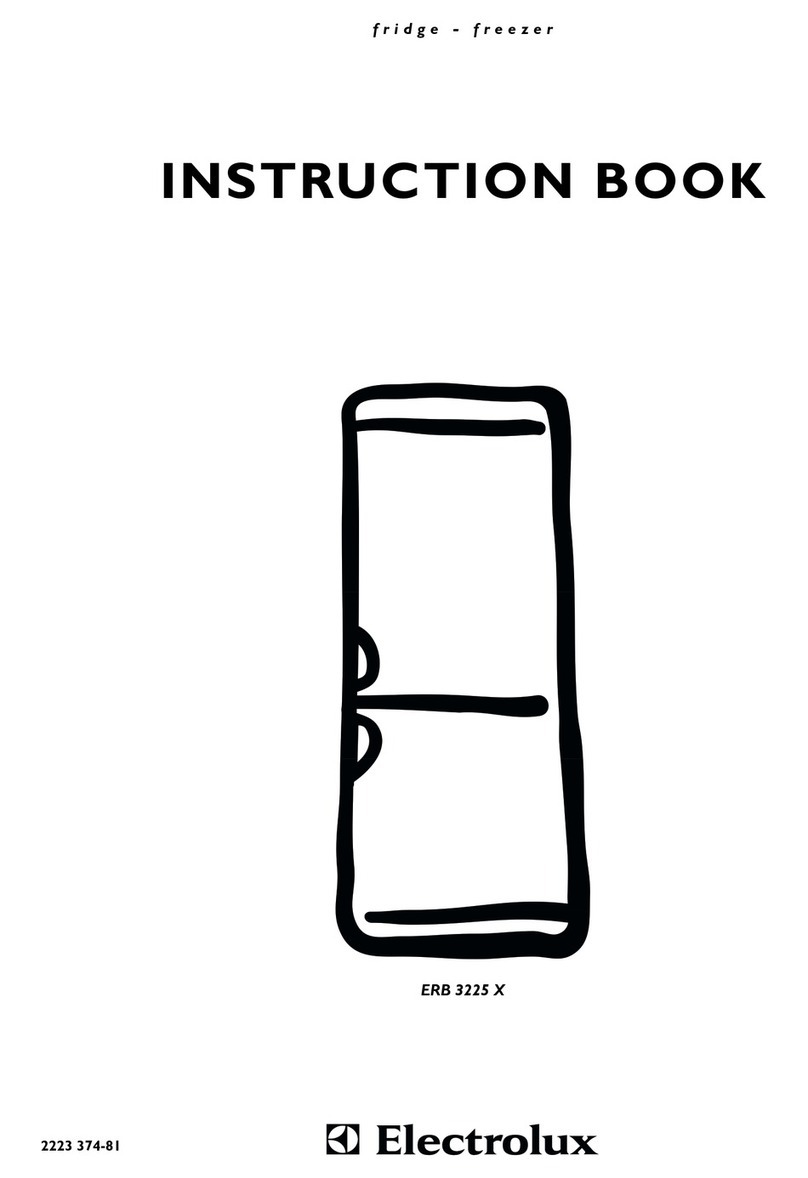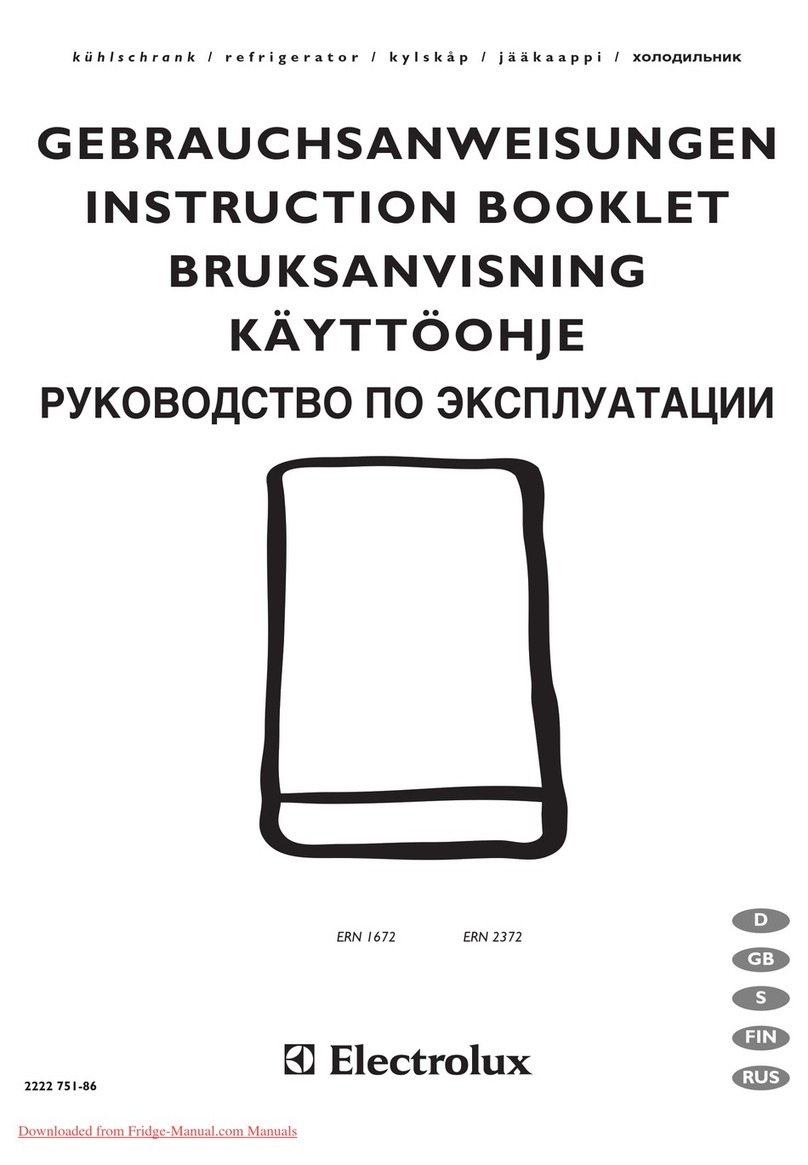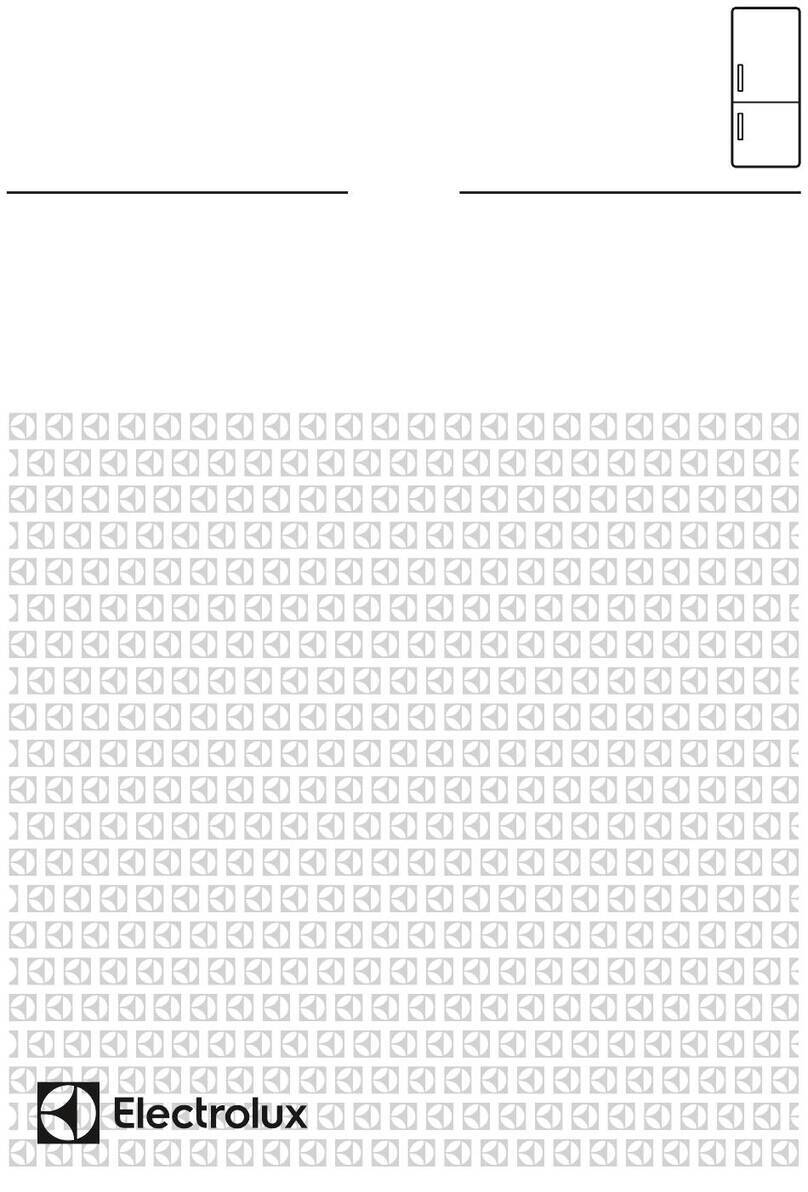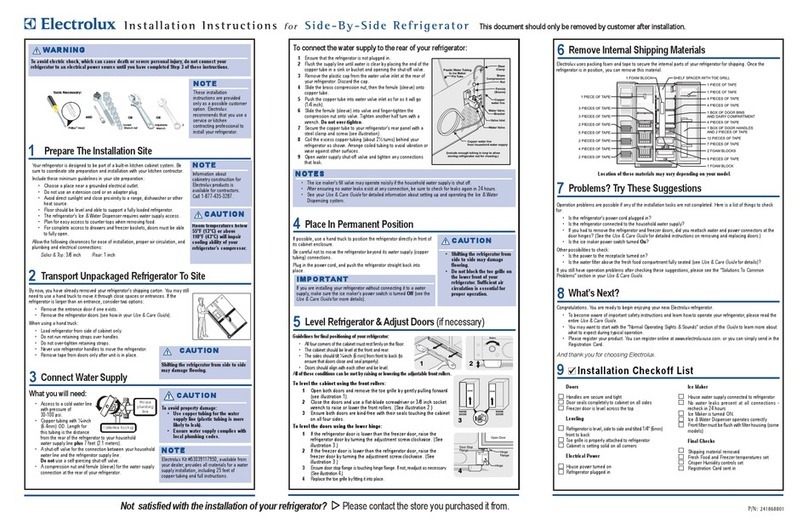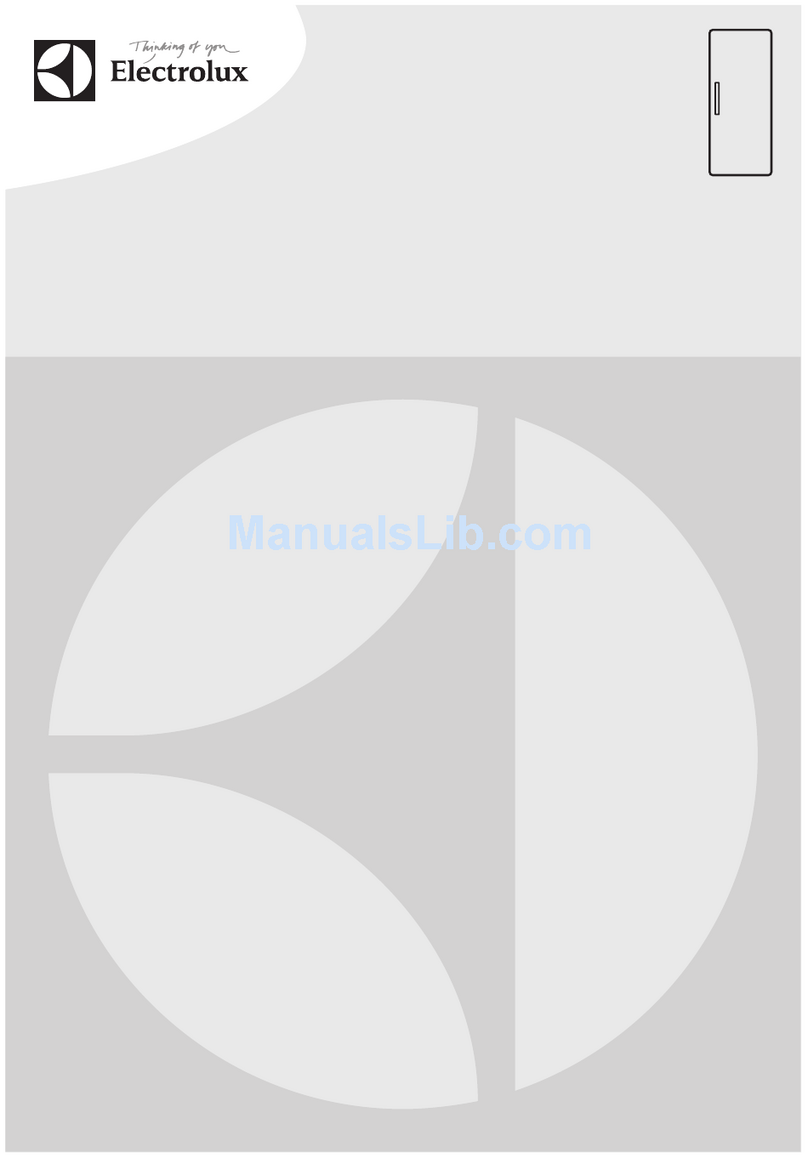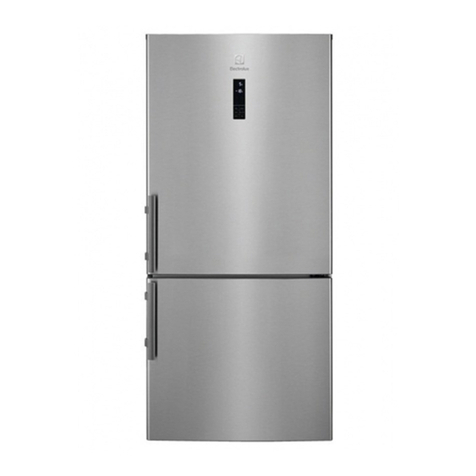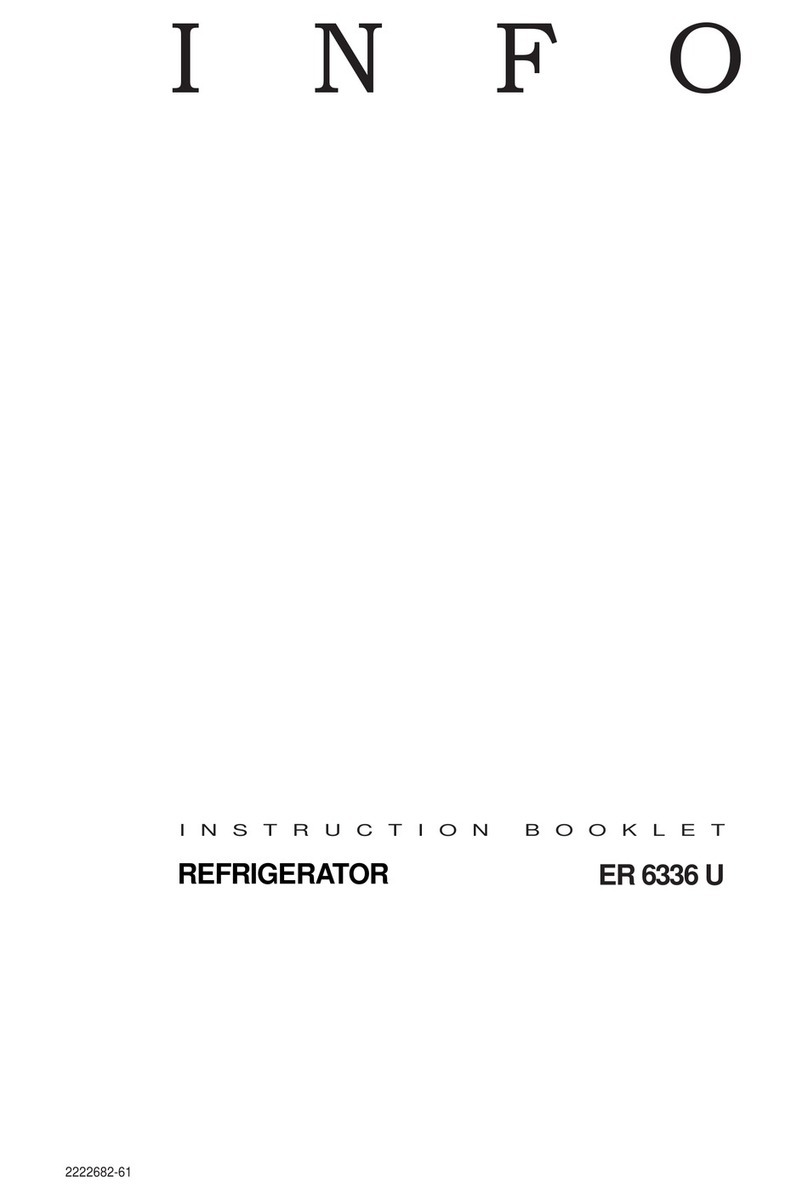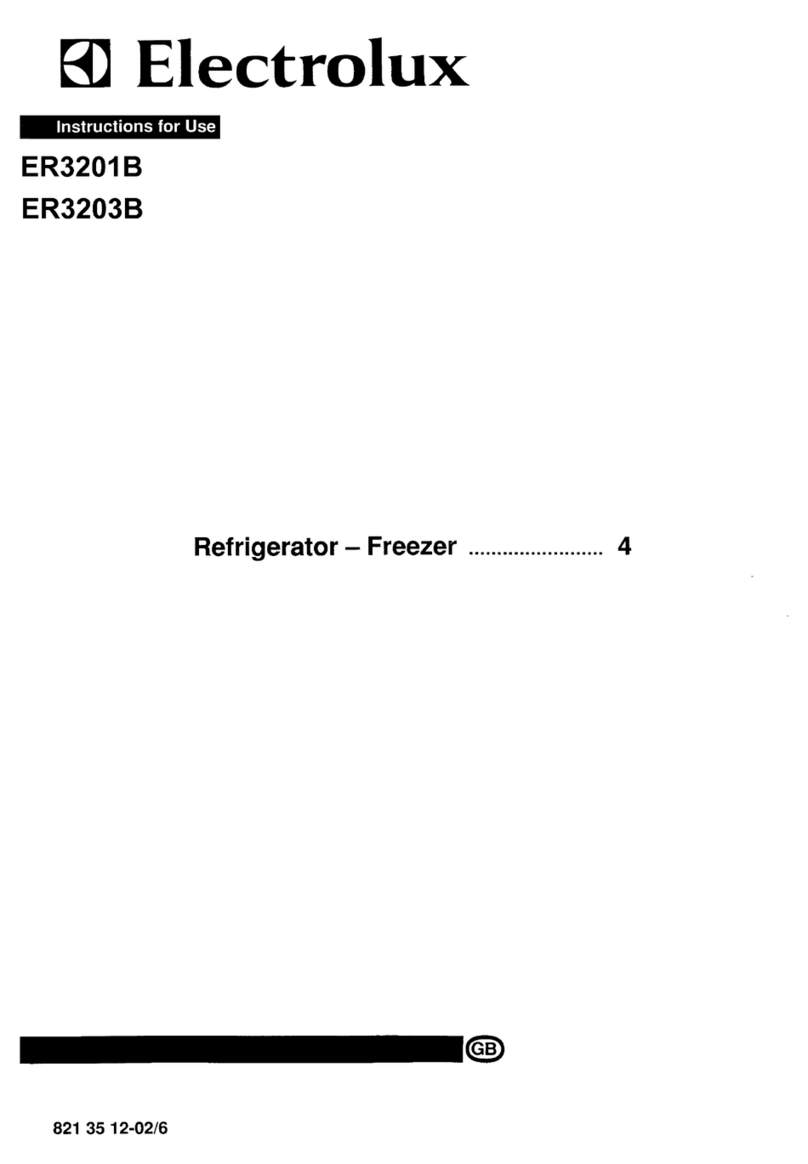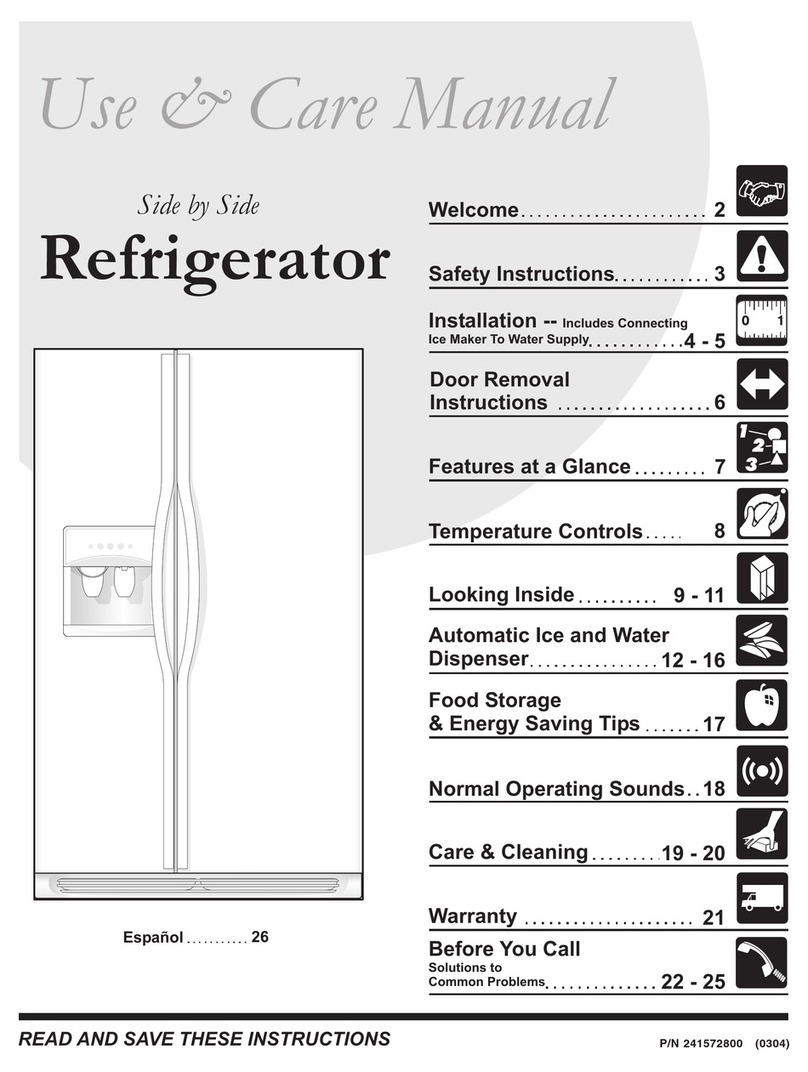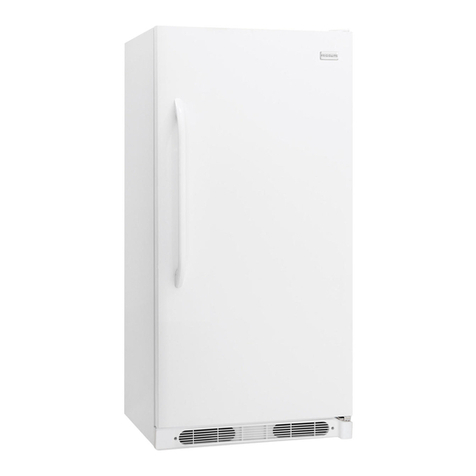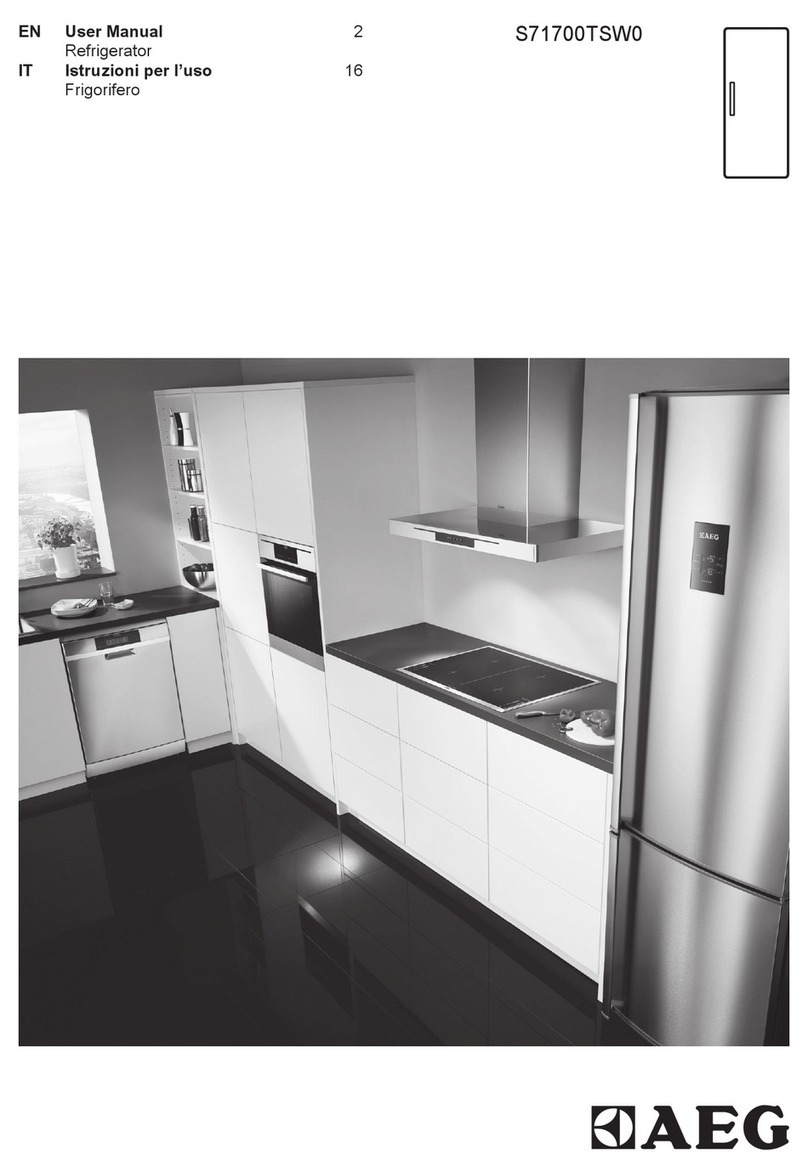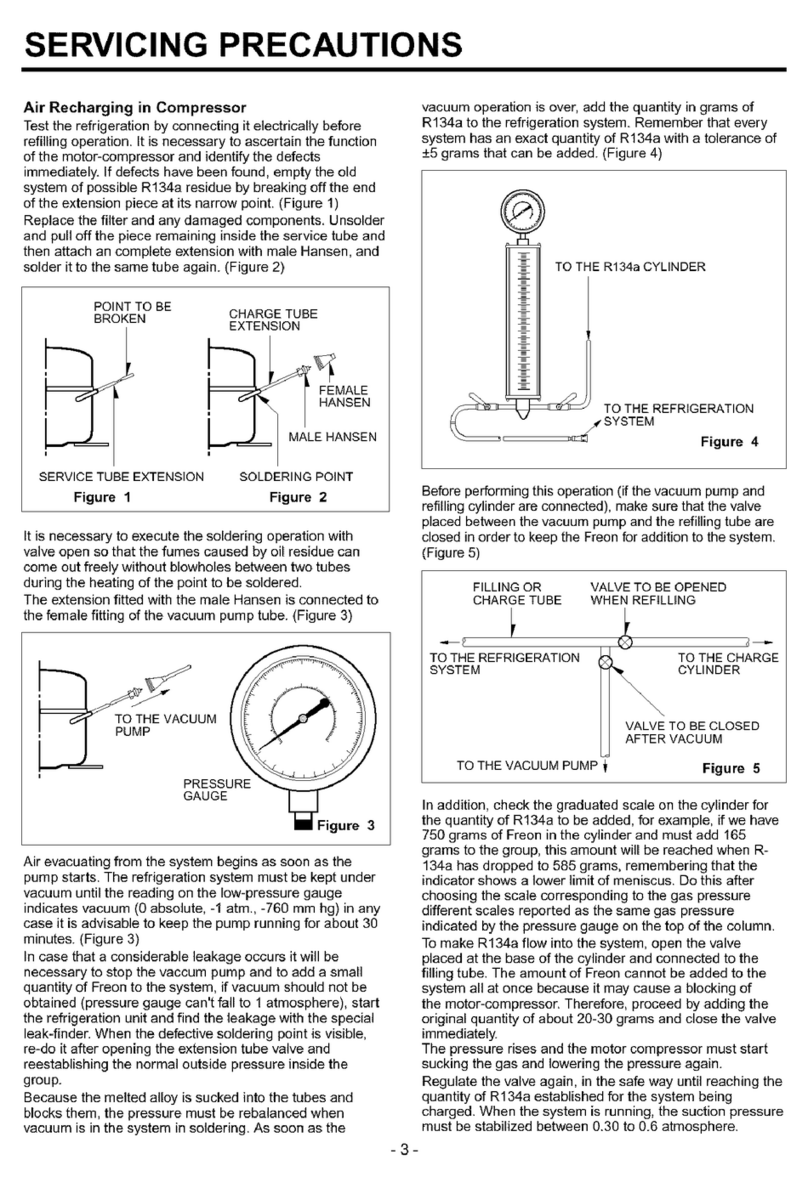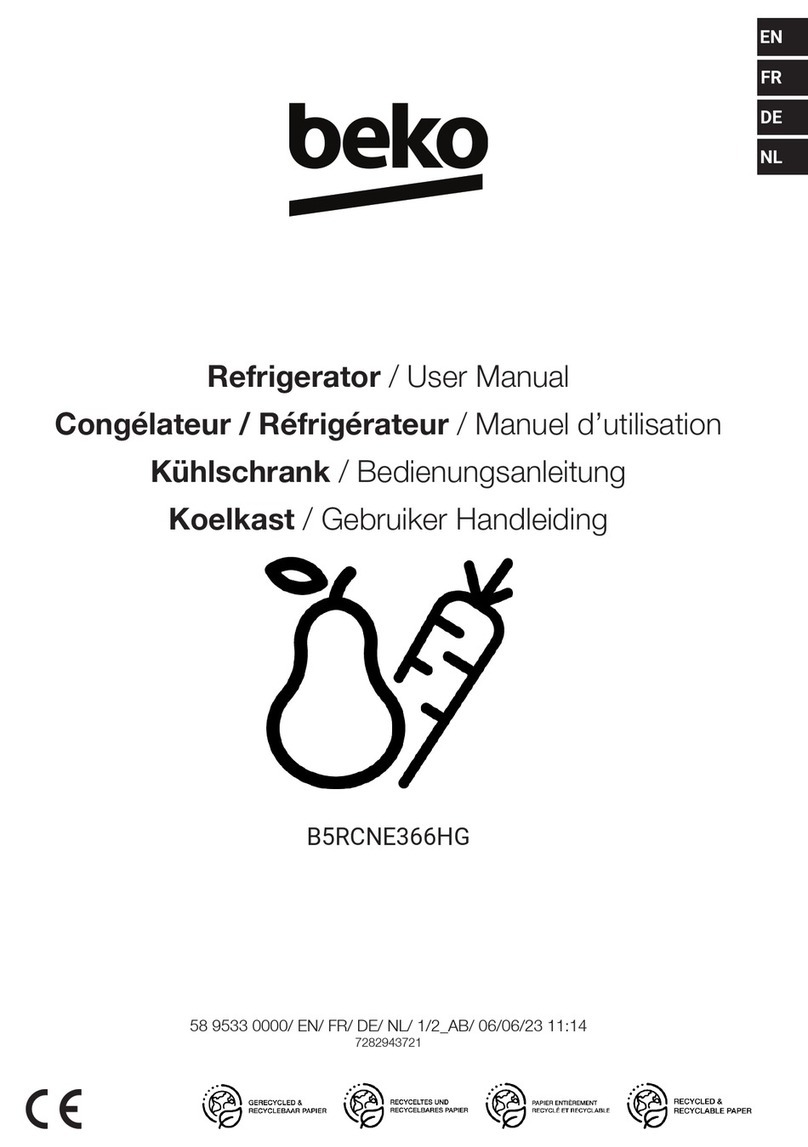Servicing
This product should be serviced by an
authorised engineer and only genuine spare
parts should be used.
Under no circumstances should you attempt to
repair the appliance yourself. Repairs carried out
by inexperienced persons may cause injury or
serious malfunctioning. Contact Expert
Appliance Care.
At the end of the Appliance Life
When disposing of your appliance use an
authorised disposal site.
Remove the plug and ensure that any locks or
catches are removed, to prevent young children
being trapped inside.
The Appliance and the Environment
This appliance does not contain gasses which
could damage the ozone layer.
Avoid damaging the cooling unit.
The packaging used on this appliance marked with
the symbol is recyclable.
Keep this instruction book for future
reference and ensure it is passed on to any
new owner.
3
IMPOR
IMPORT
TANT S
ANT SAFET
AFETY INS
Y INSTR
TRUCTIONS
UCTIONS
These warnings are provided in the interests of your safety. Ensure that you understand them all
before installing or using this appliance. Your safety is of paramount importance. If you are unsure
about any of the meanings or these warnings contact the Customer Care Department.
Prior to installation
Check the appliance for transport damage. Under
no circumstances should a damaged appliance be
installed. In the event of damage please contact
your retailer.
Installation
This appliance is heavy. Care should be taken when
moving it.
It is dangerous to alter the specifications or attempt
to modify this product in any way.
Ensure that the appliance does not stand on the
electrical supply cable. If the supply cable is
damaged, it must be replaced by a cable available
from Expert Appliance Care.
Any electrical work required to install this appliance
should be carried out by a qualified electrician or
competent person.
Parts which heat up should not be exposed.
Whenever possible, the back of the appliance
should be close to a wall, but leaving the required
distance for ventilation, as stated in the installation
instructions.
The appliance should be left for 2 hours after
installation before it is turned on, in order to allow
the refrigerant to settle.
Child Safety
Do not allow children to tamper with the controls or
play with the product.
There is a risk of suffocation! Keep packaging
material away from children!
During Use
This appliance is designed for domestic use only,
specifically for the storage of edible foodstuffs. It is
not intended for commercial or industrial use.
Maintenance and Cleaning
Before cleaning, always switch off the appliance
and disconnect from the electrical supply.
When unplugging always pull the plug from the
mains socket, do not pull on the cable.
